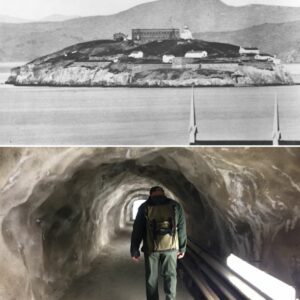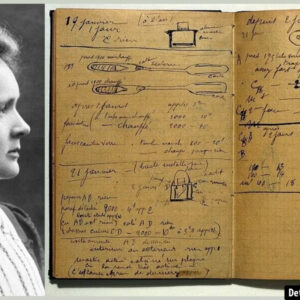In the fading days of the Ottoman Empire, Constantinople stood as a city where the ancient and modern collided. Through rare and stunning color photographs from the 1890s, we are transported to a time when the city’s streets, markets, and iconic landmarks were bathed in vibrant hues. These images offer an unparalleled glimpse into the city’s everyday life before the winds of change would transform it forever. From the majestic Yeni Cami to the bustling Galata Bridge, this visual journey captures a moment in history that few have seen in such vivid detail.
The Photochrom Process: Bringing Color to the Past
The Photochrom technique, developed in the 1880s, was one of the earliest methods of adding color to black-and-white photographs. This painstaking process involved exposing lithographic limestone tablets to light under a photo negative, and then applying layers of color using separate tint stones for each hue. It took a remarkable amount of effort and precision to create these colorized images, often requiring over a dozen different tint stones to achieve the final result. Despite its limitations, the Photochrom process produced remarkably lifelike images that offered a rare glimpse of a past world in full color, long before true color photography became common.
In an era when the world was still mostly captured in black and white, these images stand out as a vivid and exciting record of Constantinople’s last days as the capital of the Ottoman Empire. Today, they serve as a historical record, showing not only the architecture and landmarks but also the people and daily life of this storied city.
Iconic Landmarks: A View of the Past
One of the most striking aspects of these color photographs is the way they capture some of the most iconic landmarks in the city.
The Yeni Cami by Moonlight
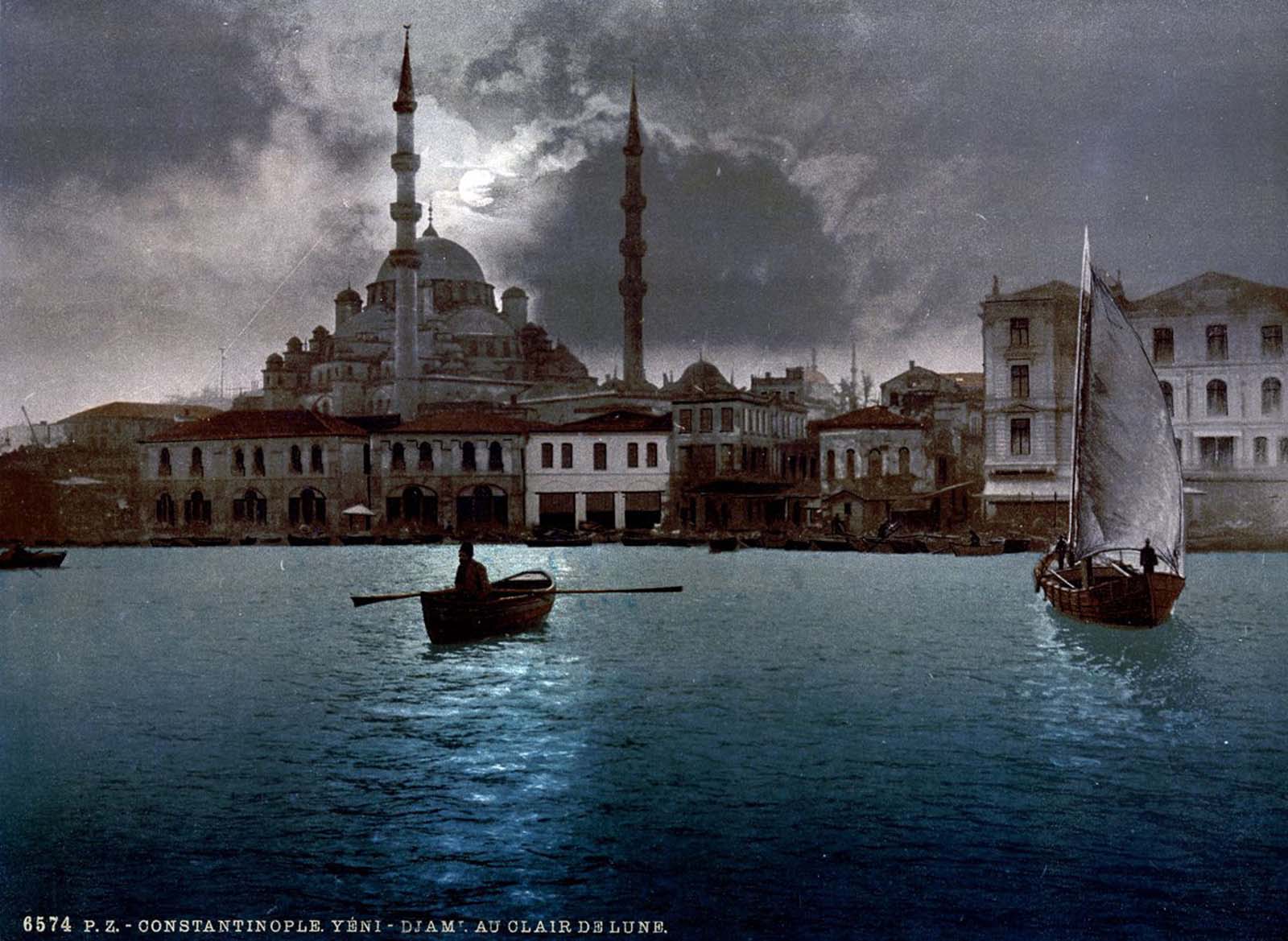
The Yeni Cami, or the New Mosque, is one of the most beautiful and recognizable buildings in Istanbul. Located in the Eminönü district, this mosque was completed in 1665 but continued to dominate the skyline throughout the 19th century. In the rare color photograph taken in 1897, we see the mosque illuminated by moonlight, casting an ethereal glow over the Bosphorus. The tranquil image contrasts with the bustling energy of the city, offering a serene view of one of the architectural gems of Constantinople.
Video
Watch the rare and amazing footage of Constantinople, İstanbul in 1919 – a fascinating glimpse into the city’s history!
Bayezit Mosque: The Heart of the City
Another landmark captured in stunning color is the Bayezit Mosque, a symbol of Ottoman imperial architecture and one of the most important mosques in Constantinople. Located in the heart of the city, it remains an enduring reminder of the grandeur of the Ottoman Empire. The photograph of the Bayezit Mosque from the late 19th century showcases its majestic domes and intricate minarets, as well as the vibrant life surrounding it. The surrounding streets, bustling with people and vendors, demonstrate the contrast between the stillness of the mosque and the dynamic life of the city.
The Fountain of Sultan Ahmed III
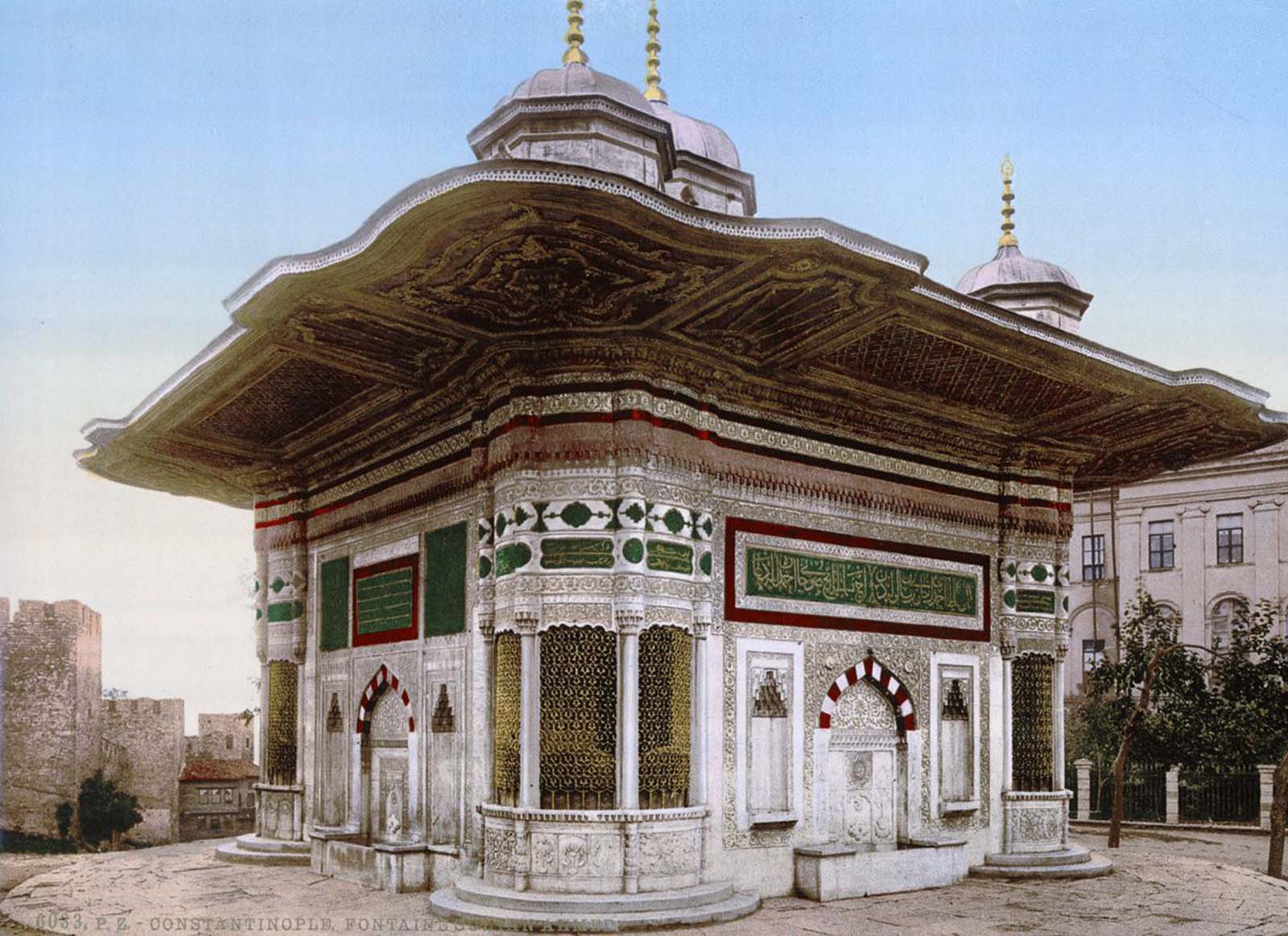
Next, the fountain of Sultan Ahmed III stands out as another important feature of the city’s 19th-century architecture. Located near the Topkapi Palace, this fountain was designed by the famed Ottoman architect Mehmet Tahir Ağa. The stunning photograph taken during this time period captures the grandeur and elegance of the fountain, with its elaborate marble carvings and decorative details that evoke the luxury of the Ottoman court. The colorization brings the intricate artistry to life, making it a testament to the prosperity of the empire at the time.
Galata Bridge and the Pera District
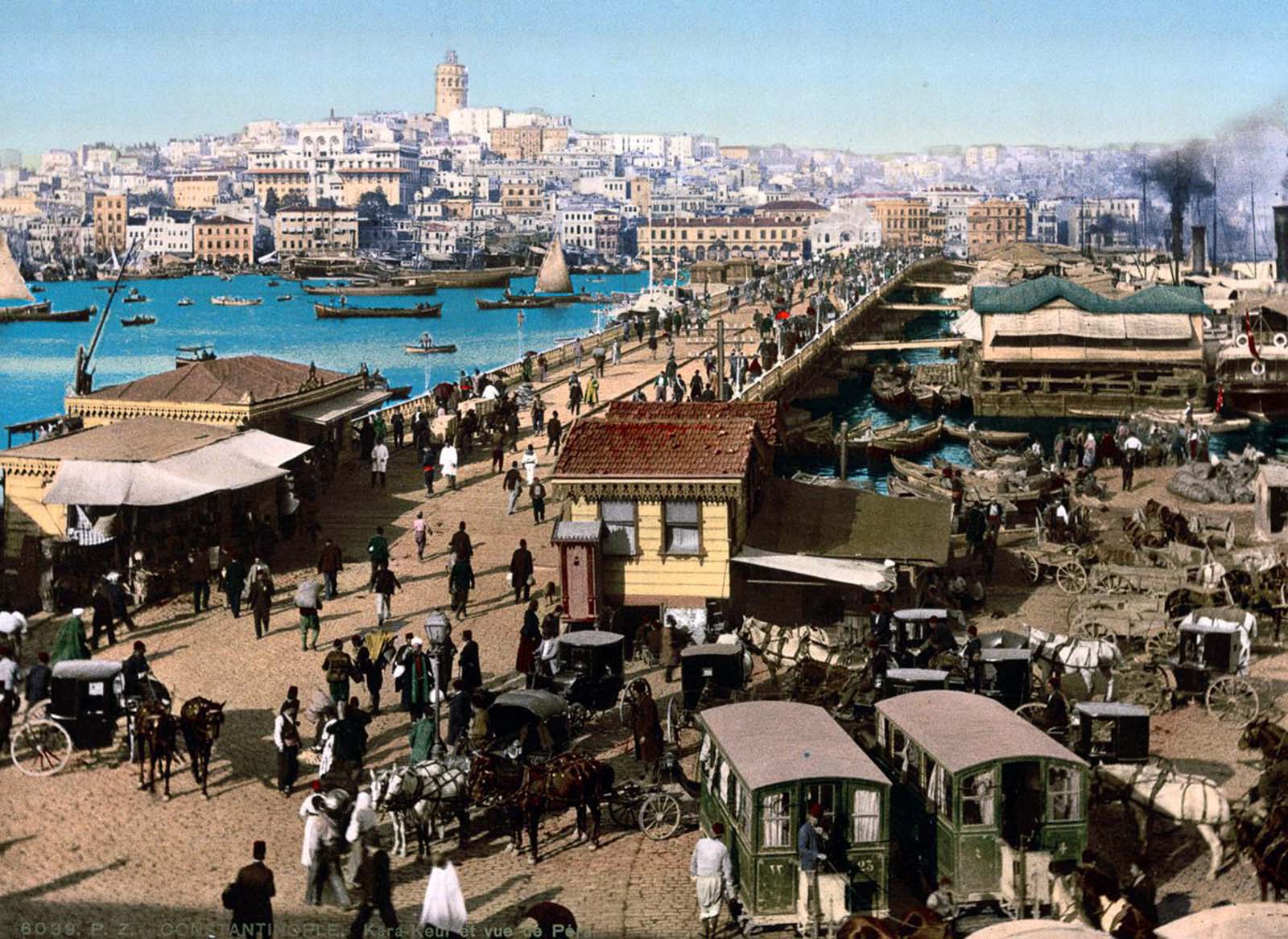
The Galata Bridge, which spans the Golden Horn, is another iconic feature of Constantinople captured in rare color photographs. The bridge connects the historic district of Sultanahmet with the more modern, European-influenced district of Pera. In these images, the bustling activity of vendors, pedestrians, and horse-drawn carts on the bridge is clearly visible, offering a snapshot of daily life in the city. The Pera district, known for its European cafes and shopping, was at the forefront of modernization and Western influence in Constantinople, and the color photographs vividly capture the spirit of this era.
Eyüp Cemetery: A Sacred Ground
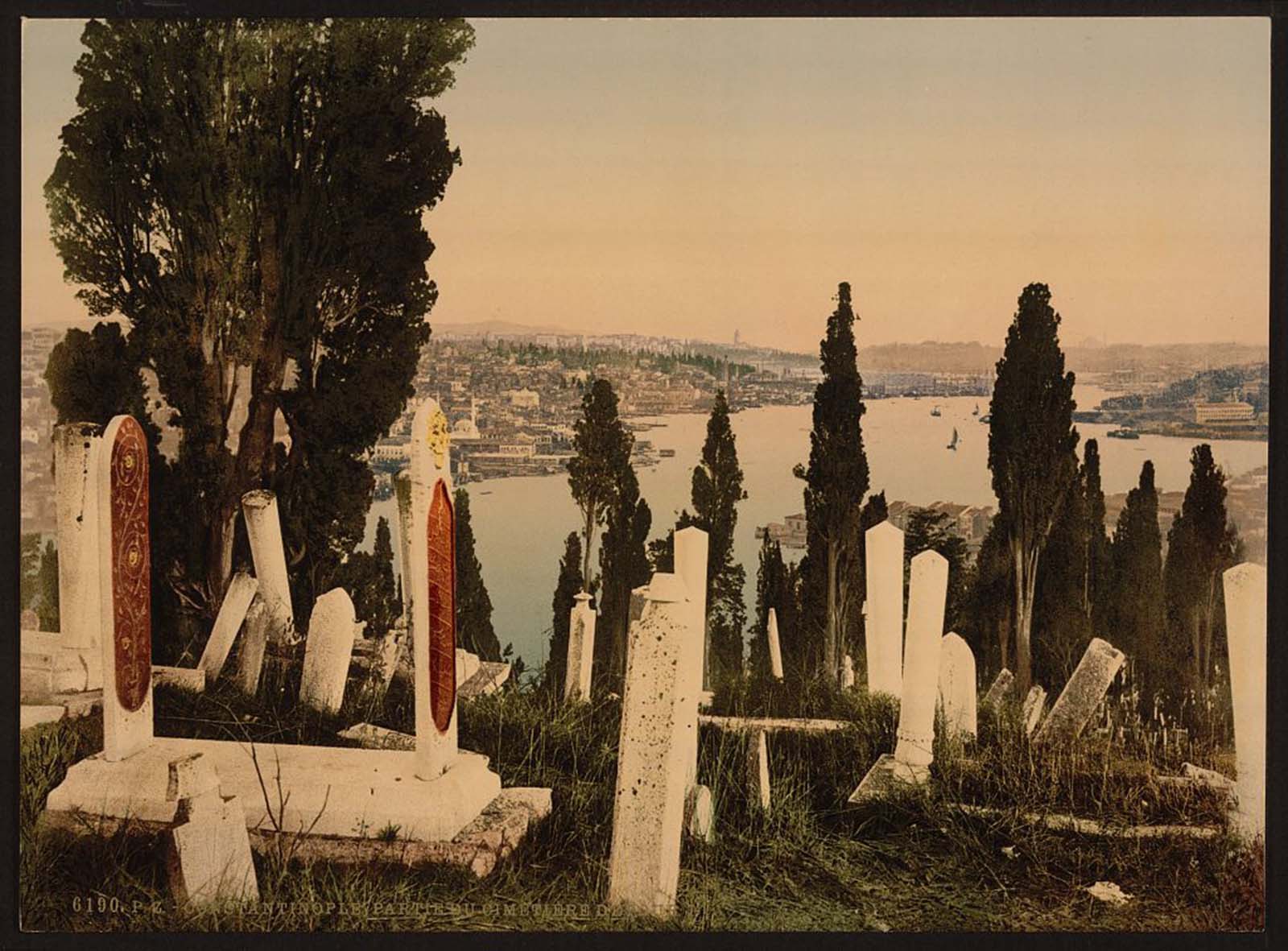
Not all images are of the bustling city streets or monumental structures. One particularly poignant photograph features Eyüp Cemetery, located at the base of the Pierre Loti Hill. This ancient cemetery, which holds the tombs of prominent Ottoman figures, is shown in its quiet solemnity. The black-and-white images brought to life in color highlight the peaceful, reflective nature of this sacred ground, offering a contrast to the vibrant energy of the rest of the city.
Life in Constantinople: People and Culture Captured in Color

The color photographs do more than showcase the architecture; they provide a glimpse into the daily lives of the people of Constantinople during the late 19th century. In these images, we see the streets of the city crowded with a mixture of locals and foreigners, busy markets, street vendors, and the working-class population going about their daily tasks. From the bustling shops and busy public squares to the more intimate moments shared between people in cafés or on street corners, these images allow us to connect with the people of the time.
What is striking is the diversity of people living in Constantinople. The city, once the capital of the Byzantine Empire and later the Ottoman Empire, has always been a melting pot of cultures, ethnicities, and religions. These photos offer a rare look at this rich cultural tapestry in full color, reflecting the cosmopolitan nature of the city even in the waning years of the Ottoman Empire.
A Changing Empire: Constantinople on the Brink of Transformation
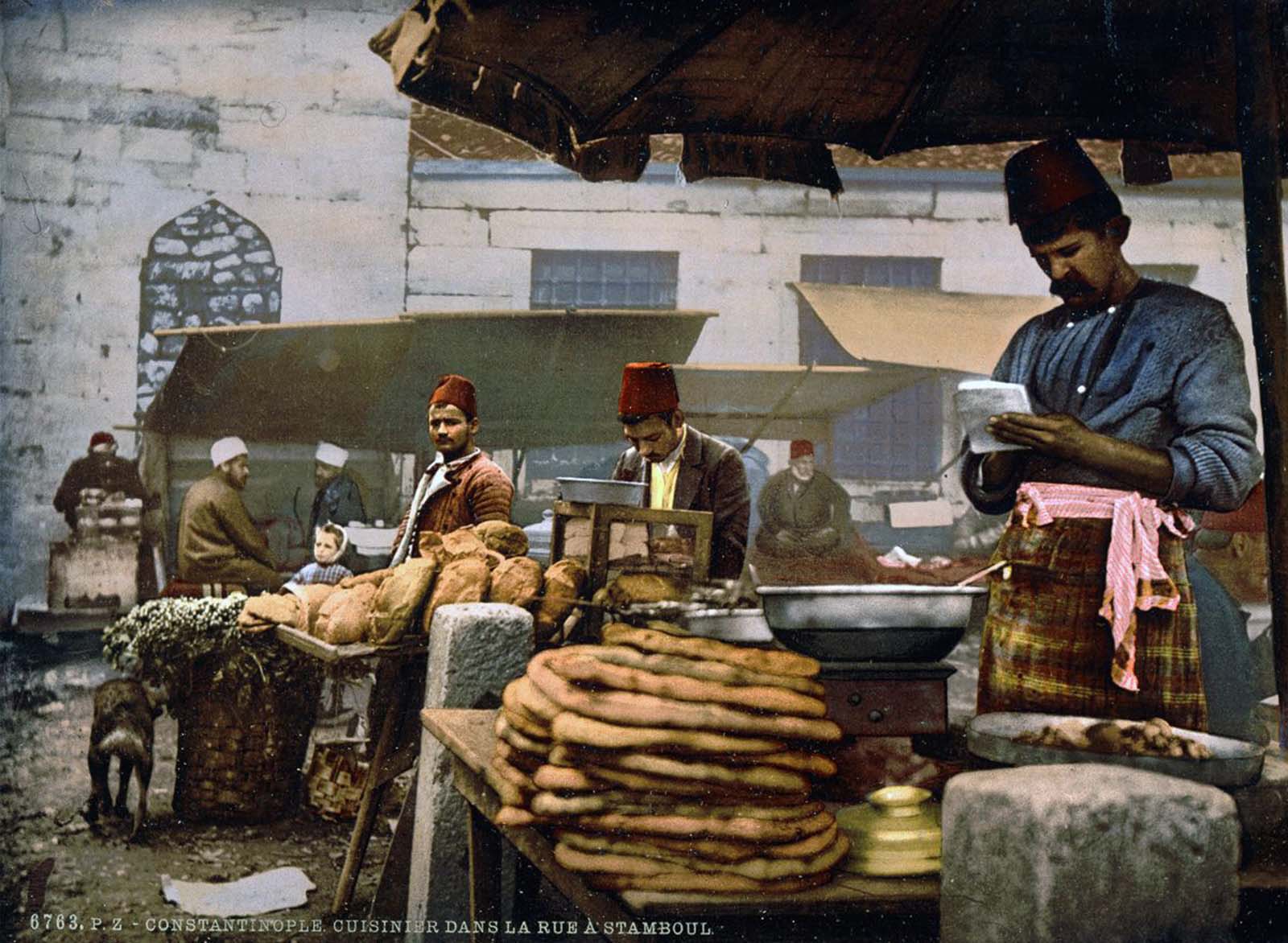
The early 20th century was a time of great political and social upheaval for the Ottoman Empire. As the empire began to crumble under internal pressures and foreign intervention, the once-thriving city of Constantinople saw dramatic changes. The Sultans’ power was waning, and new ideologies, including nationalism and secularism, were taking hold. These photographs capture the city during a brief moment of relative peace and modernization before the events of World War I and the eventual fall of the empire.
In 1930, just a few decades after these photographs were taken, Constantinople officially became Istanbul, marking a new chapter in the city’s history. The legacy of the Ottoman Empire was increasingly replaced by the new secular, modern nation of Turkey, led by Mustafa Kemal Atatürk.
Conclusion: The Last Glimpse of a Fading Empire
These rare color photographs offer us a unique and invaluable look into the daily life and culture of Constantinople during the late 19th century. The use of the Photochrom process allows us to connect with the city in a way that black-and-white images cannot, bringing its streets, people, and landmarks to life. For those who wish to understand the Ottoman Empire’s last days, these images serve as a historical snapshot of a time when the empire was at a crossroads.
As we look back on these stunning photographs, we are reminded of the vibrant life that once flourished in Constantinople and the dramatic changes that would unfold in the years to come. These images allow us to appreciate the rich history and culture of a city that has shaped the course of world history, even as it transformed from Constantinople to Istanbul.
Gallery: Spectacular Color Photos of Constantinople
A curated selection of breathtaking color photos of Constantinople, capturing the essence of the city and its people at the turn of the century. These images offer a window into the past, preserving the beauty and diversity of the city during one of the most pivotal moments in its history.
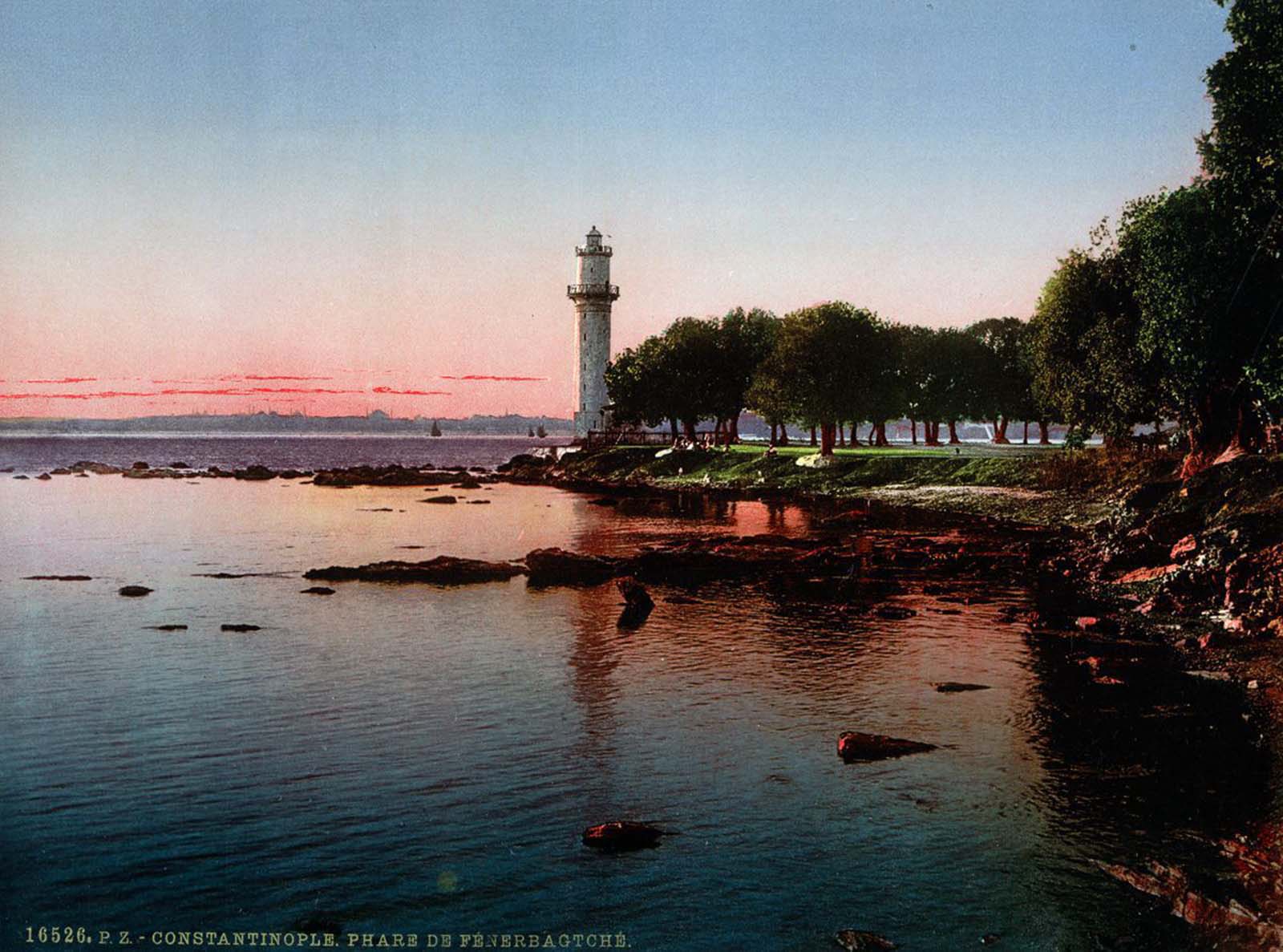
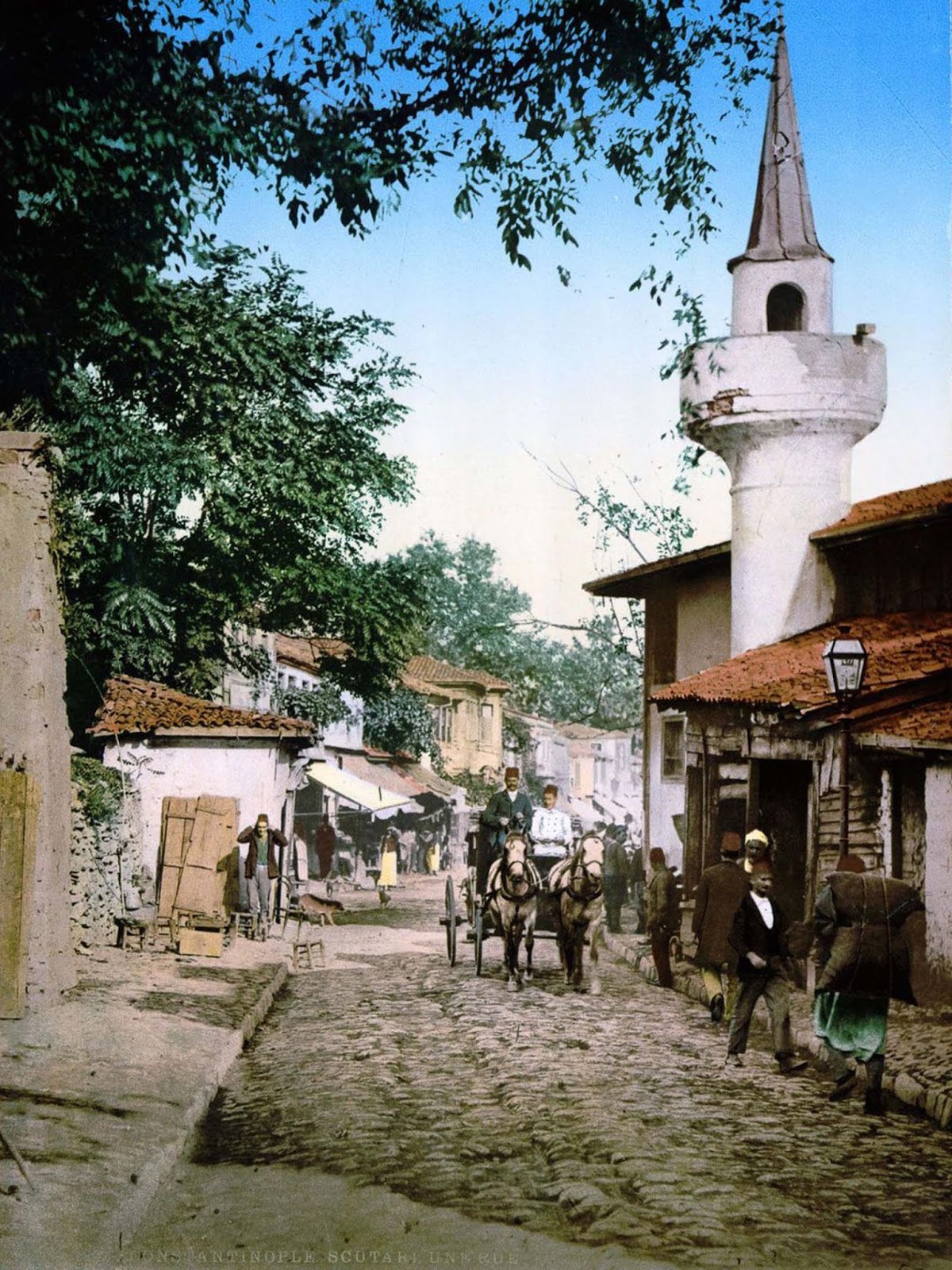
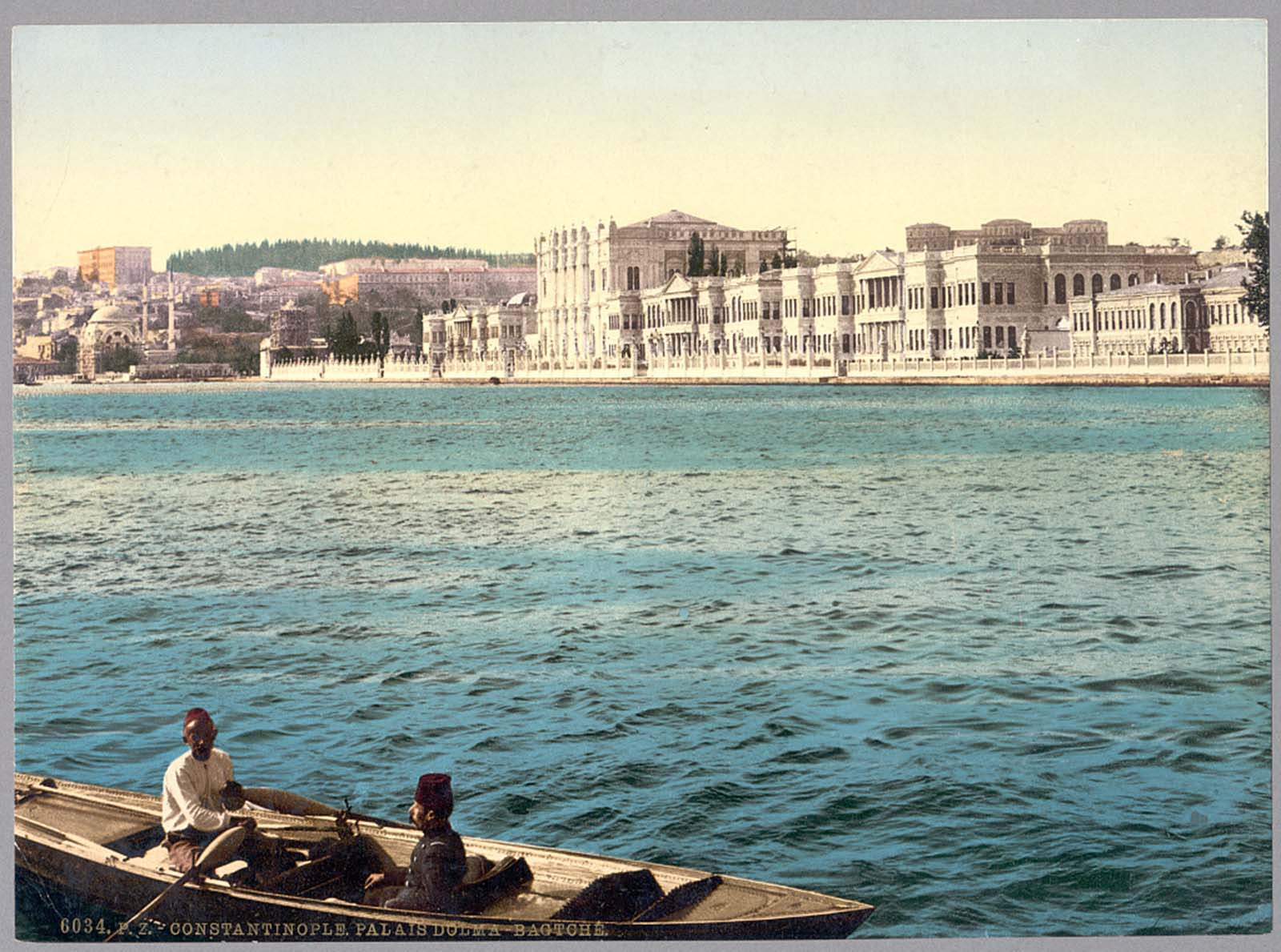
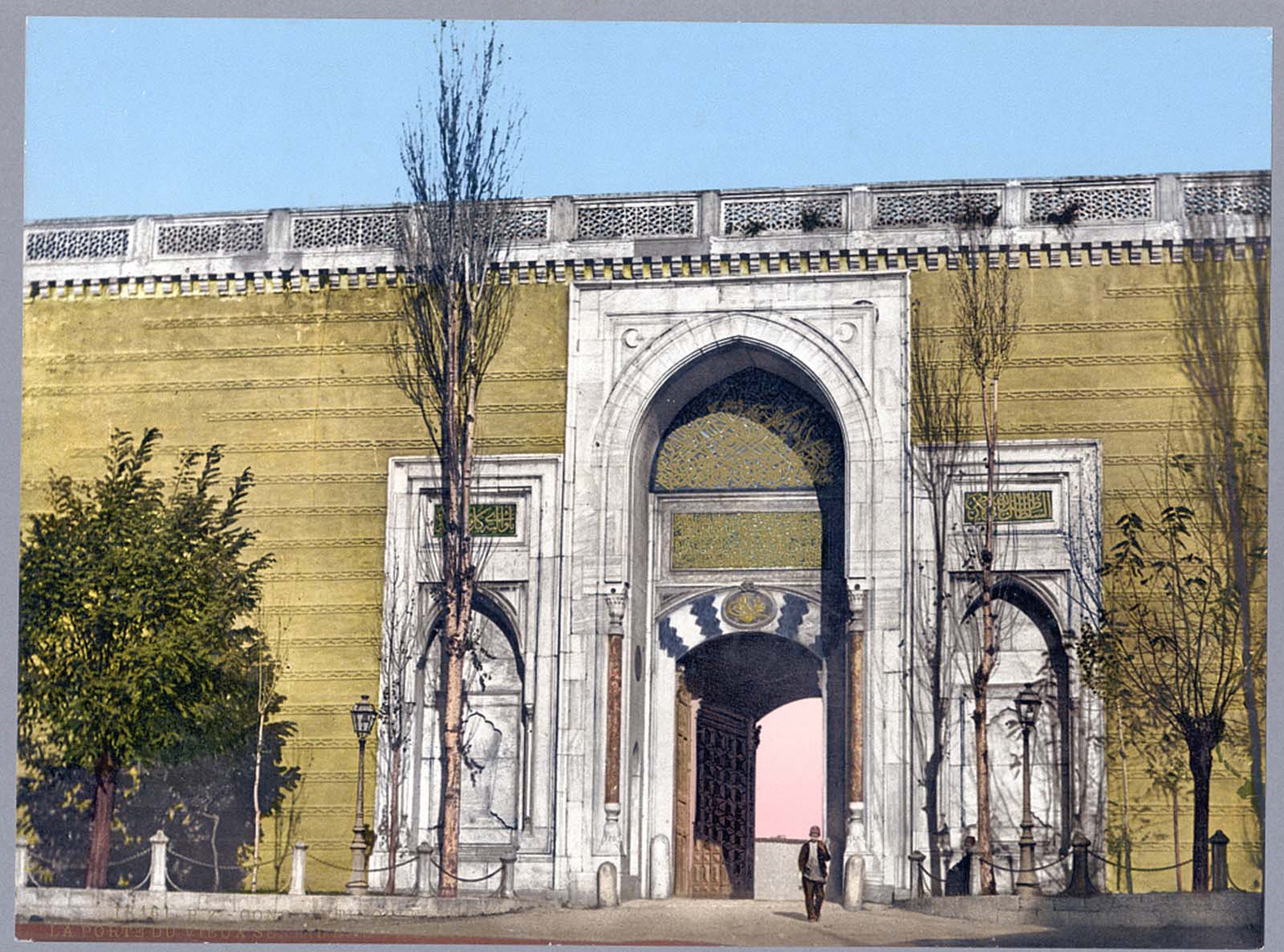
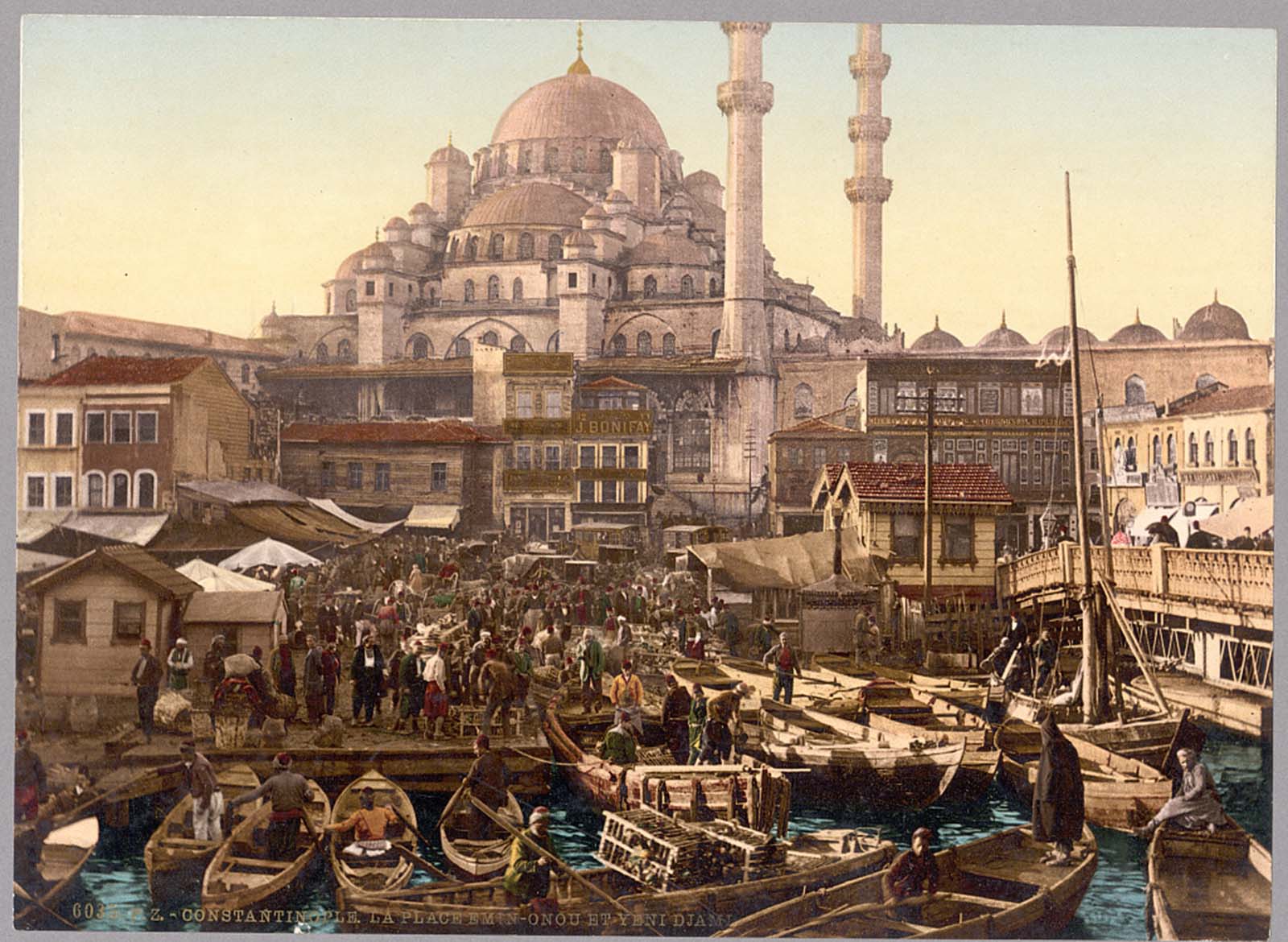
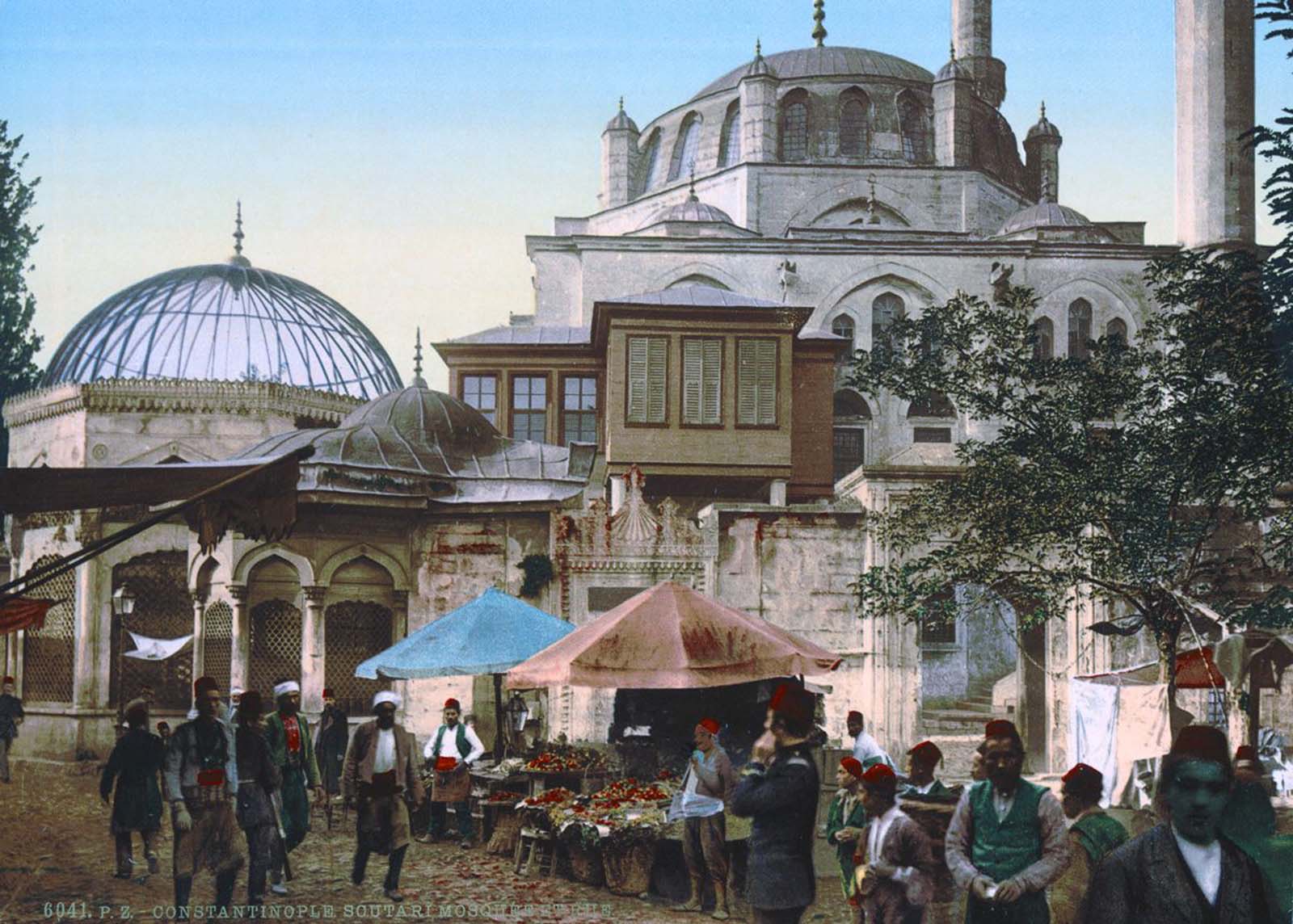
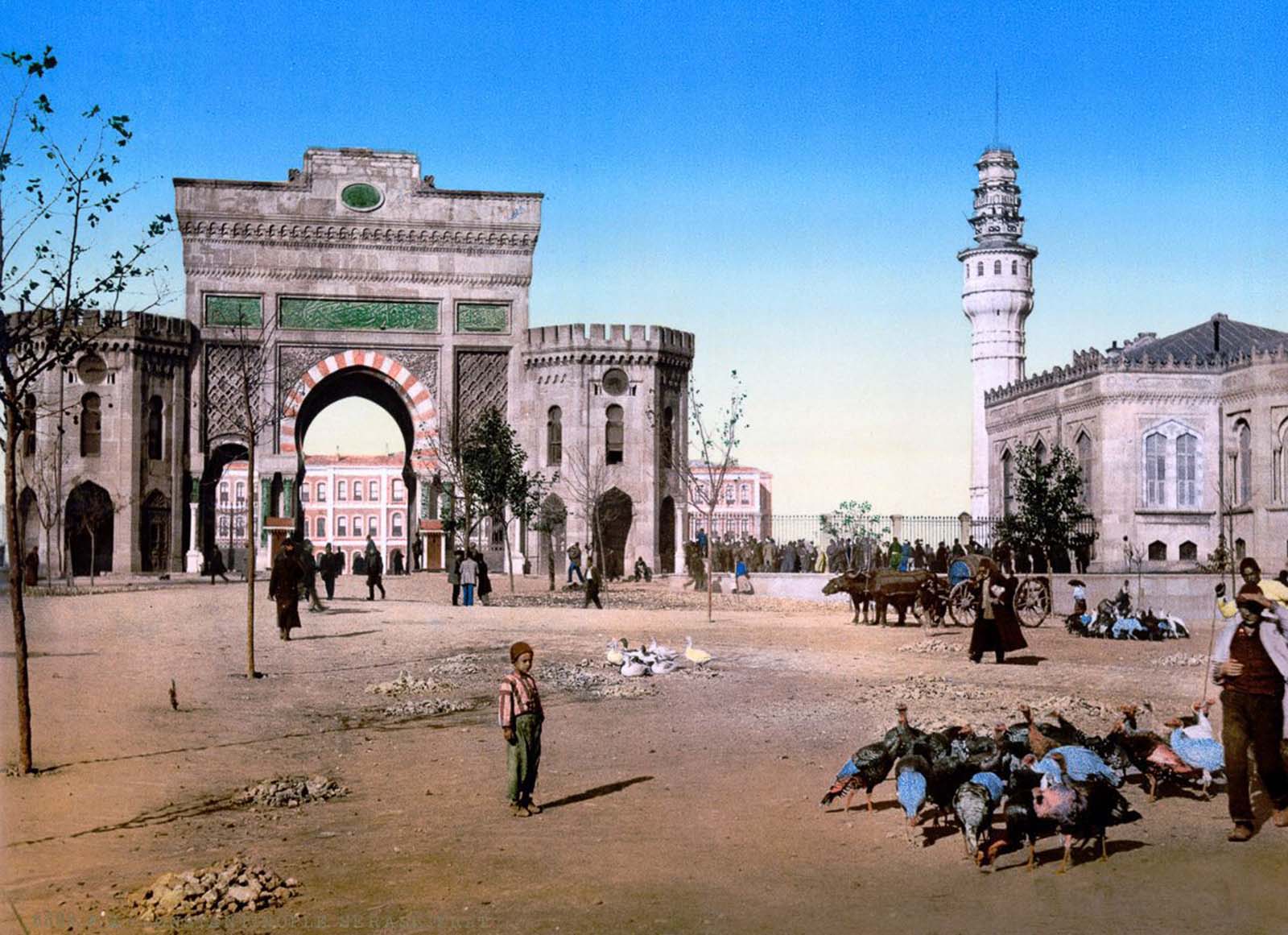
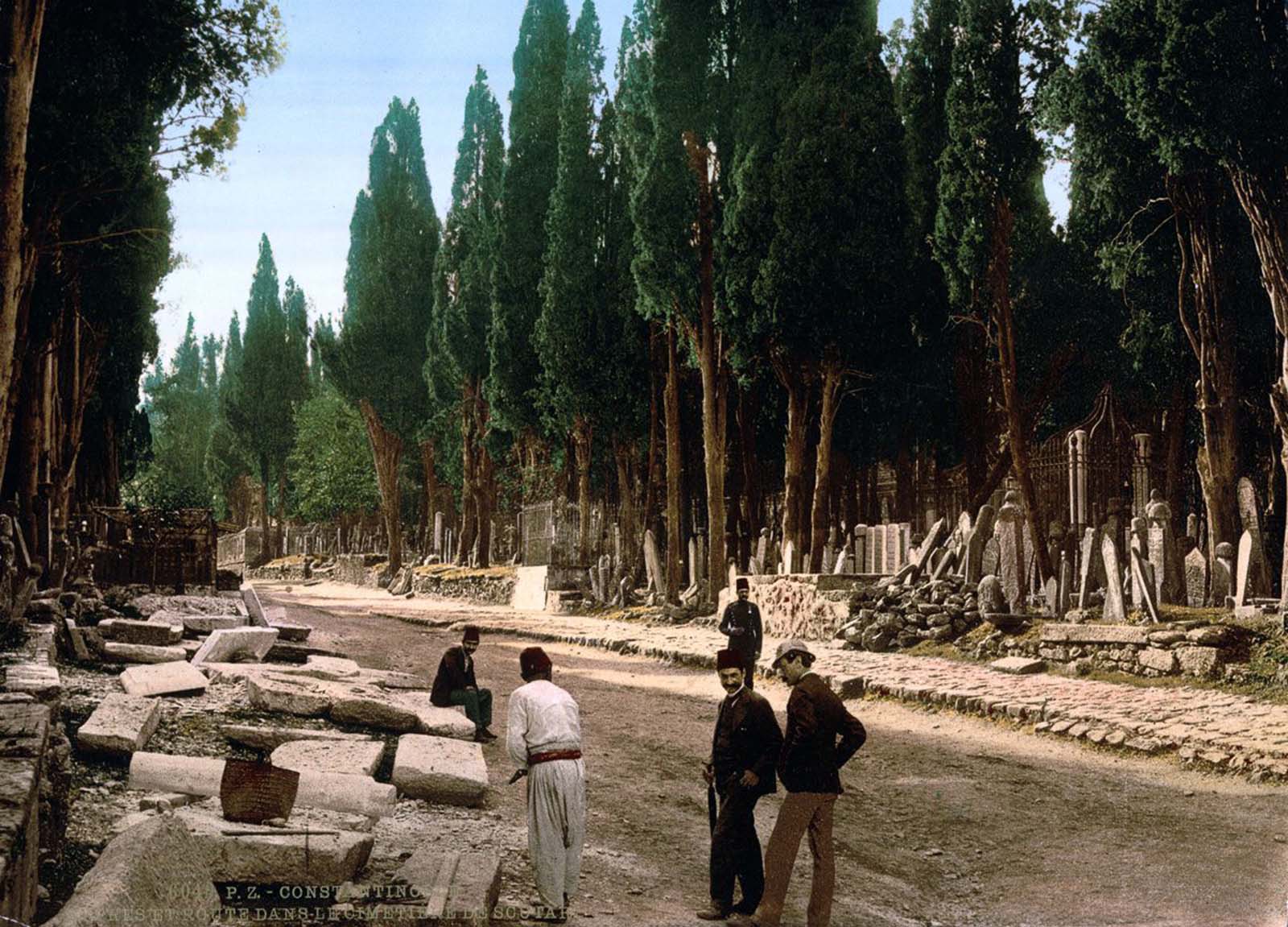
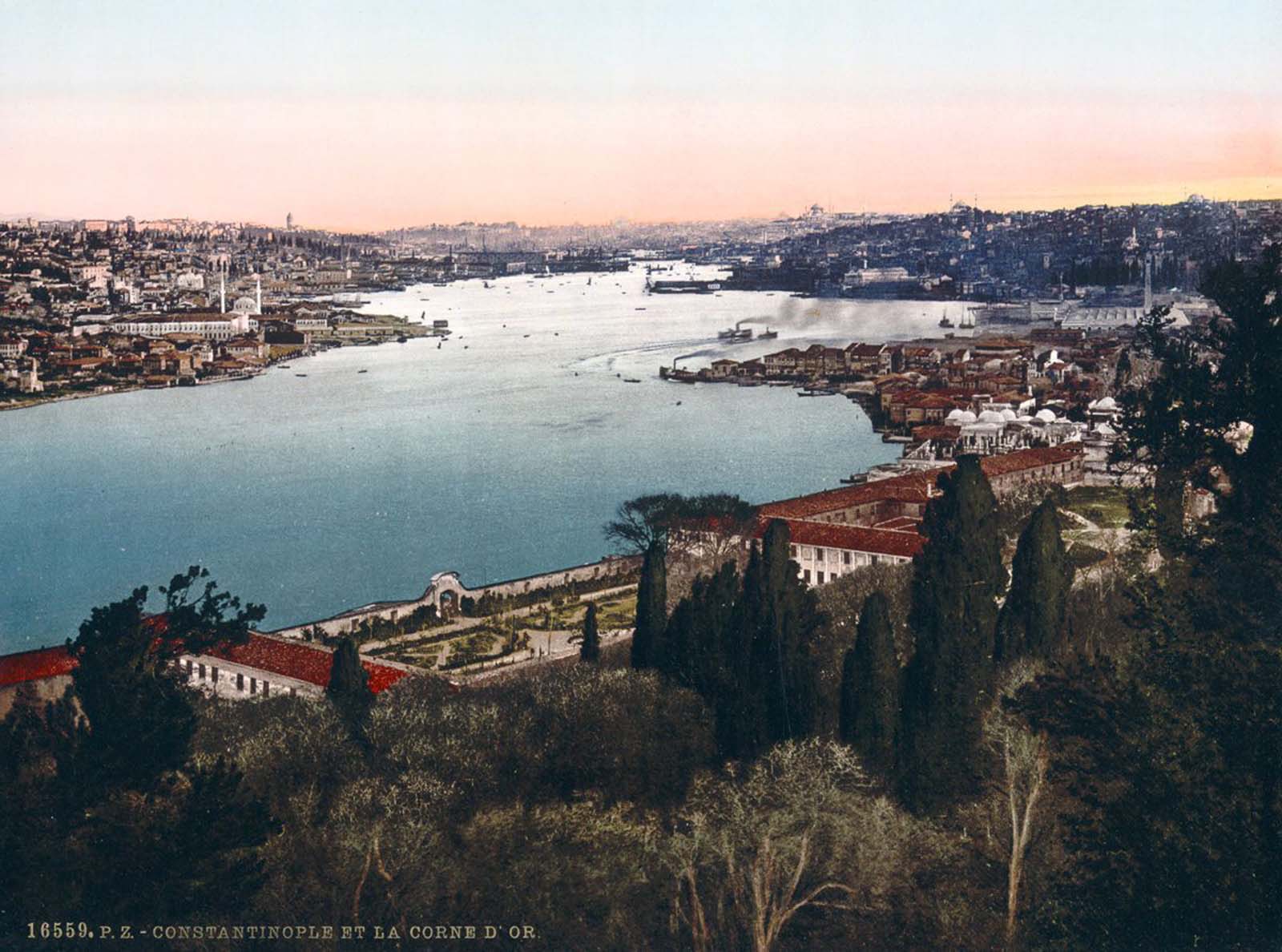
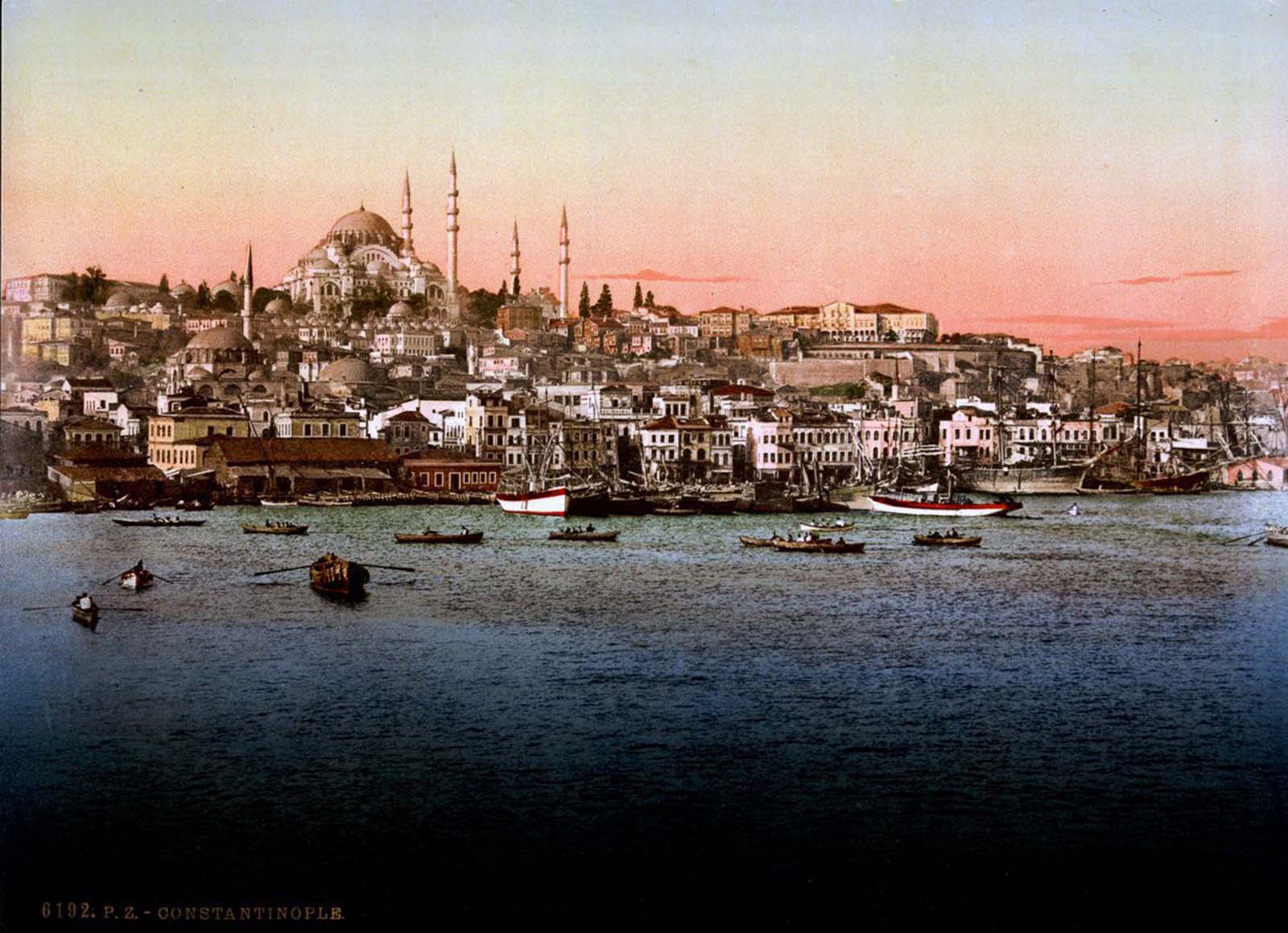
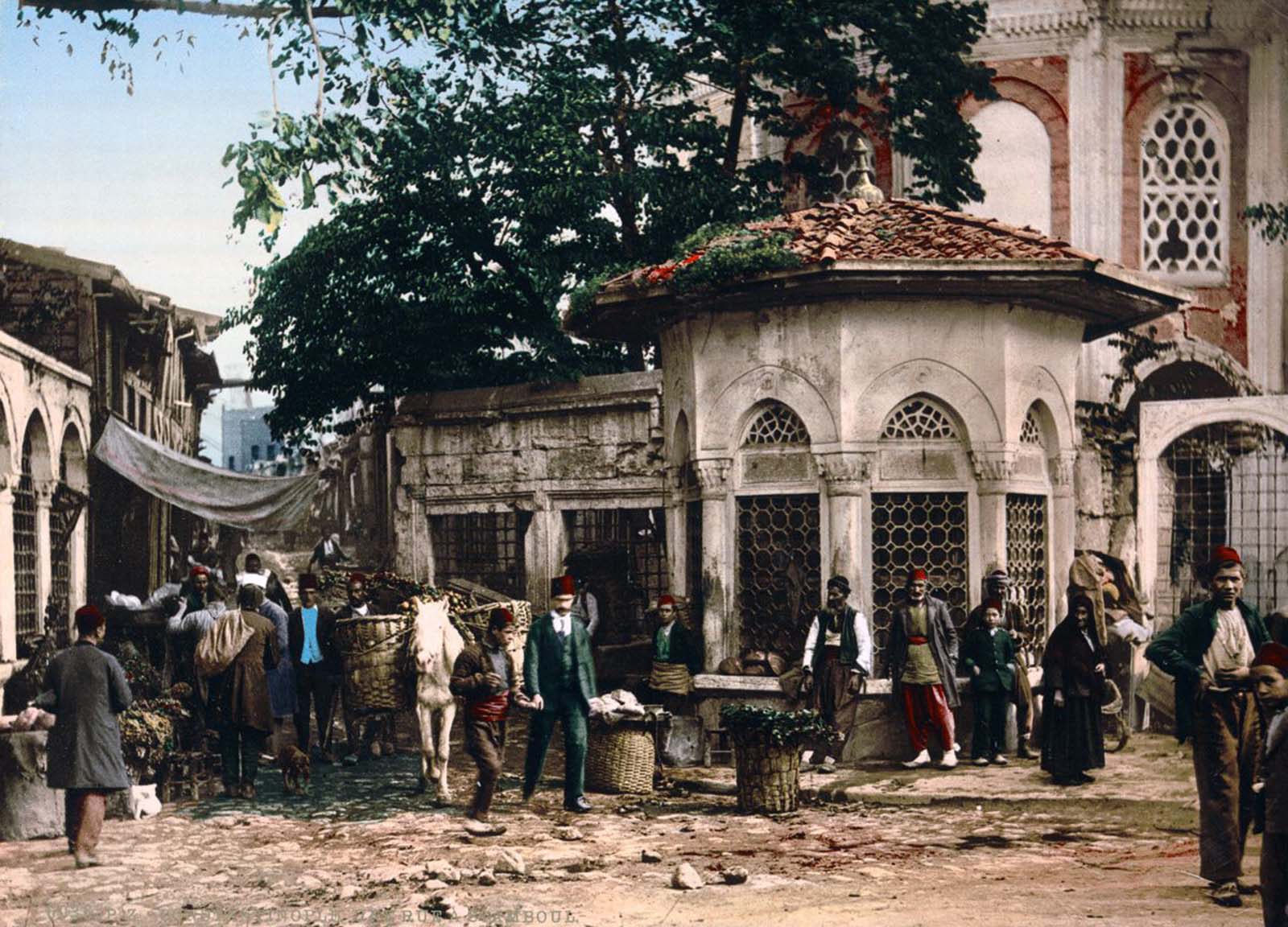
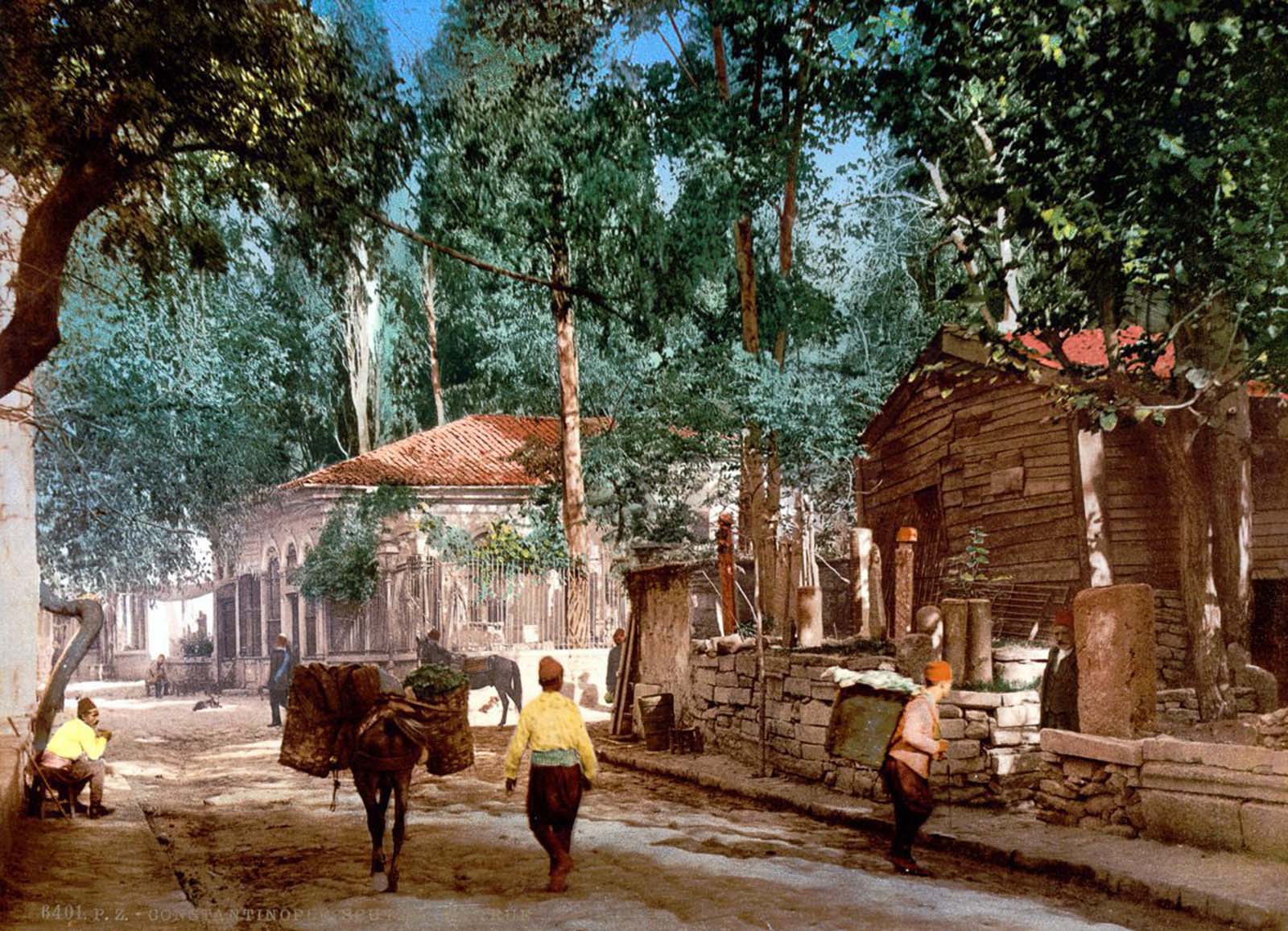
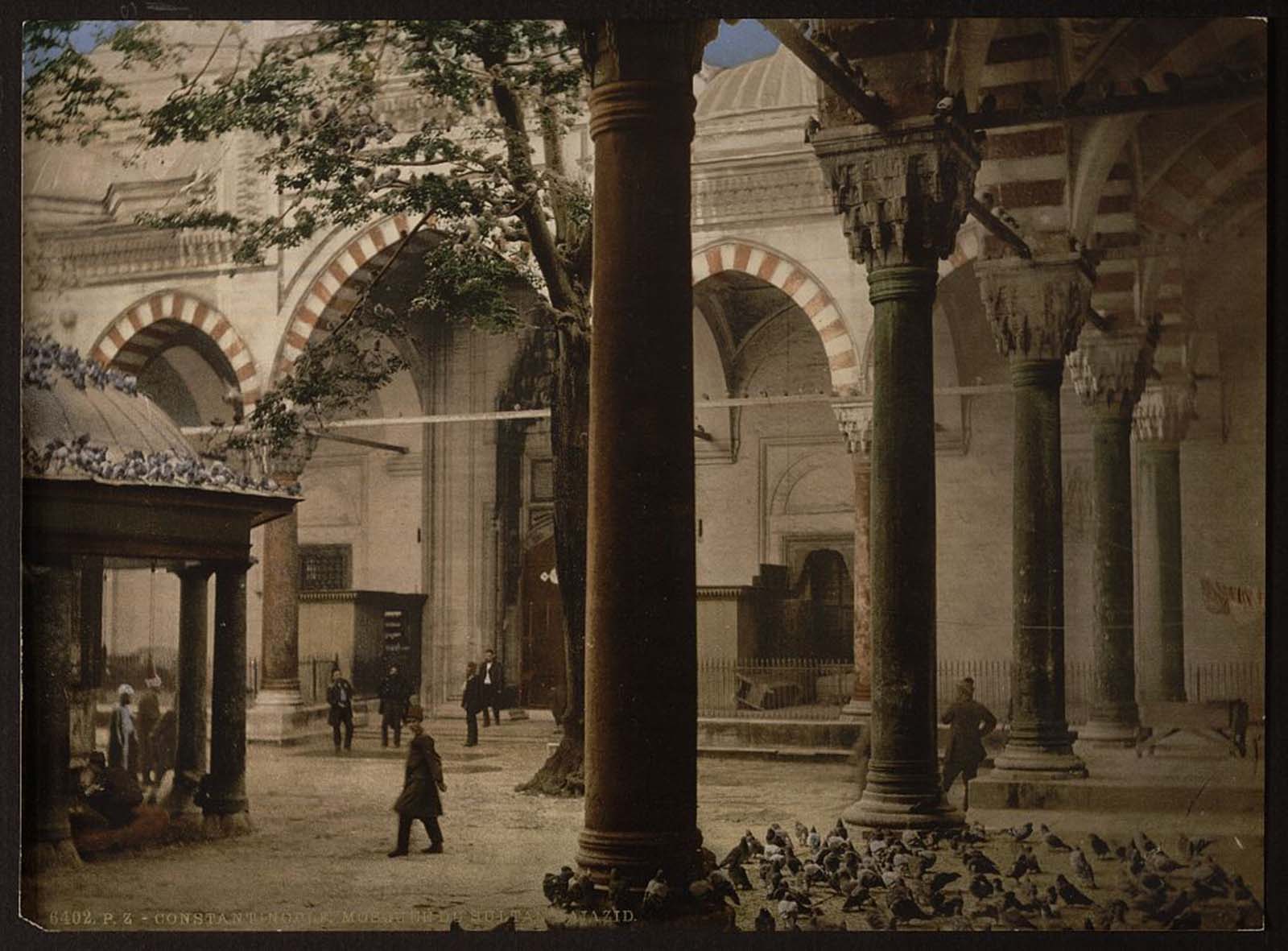
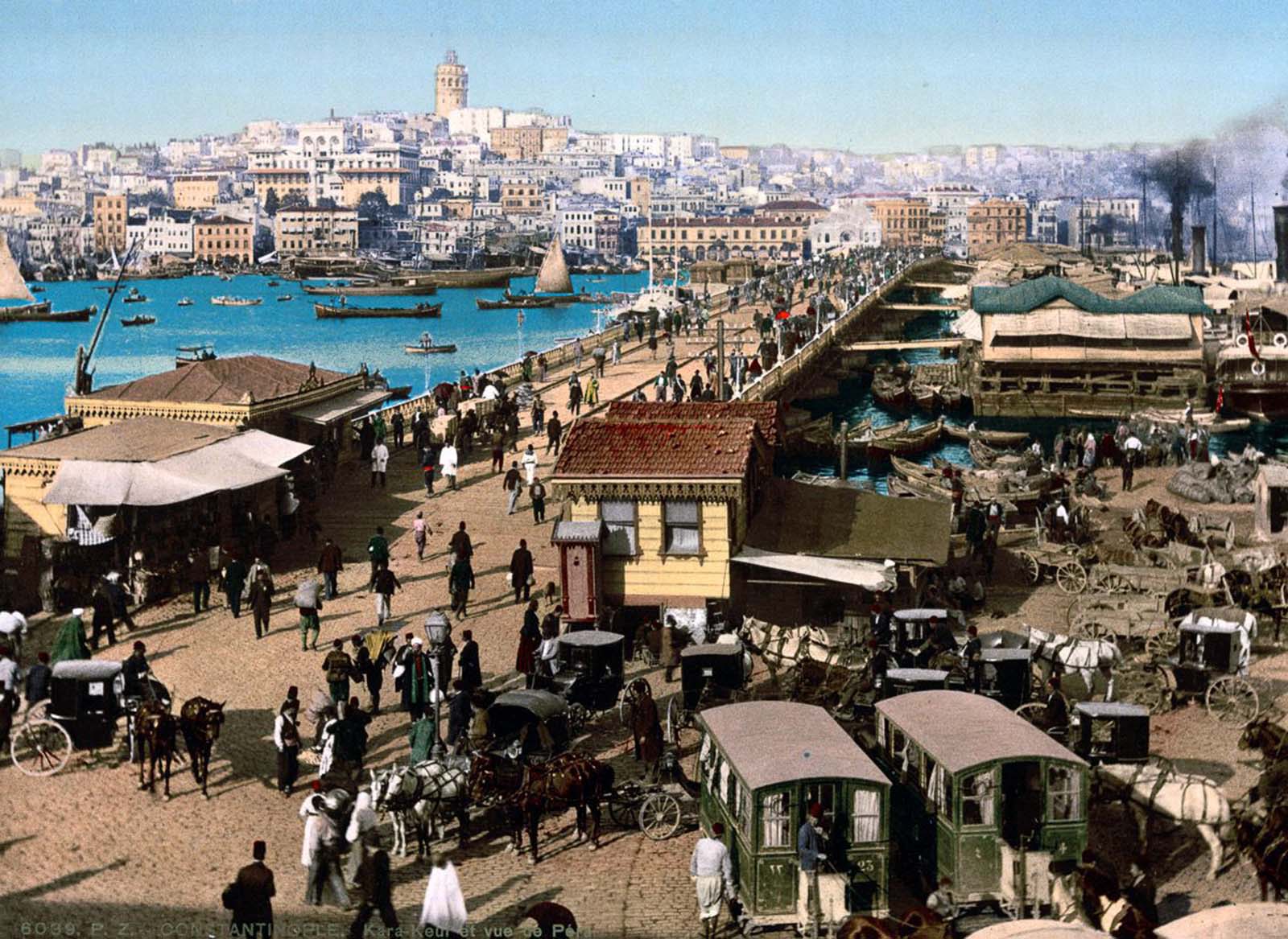
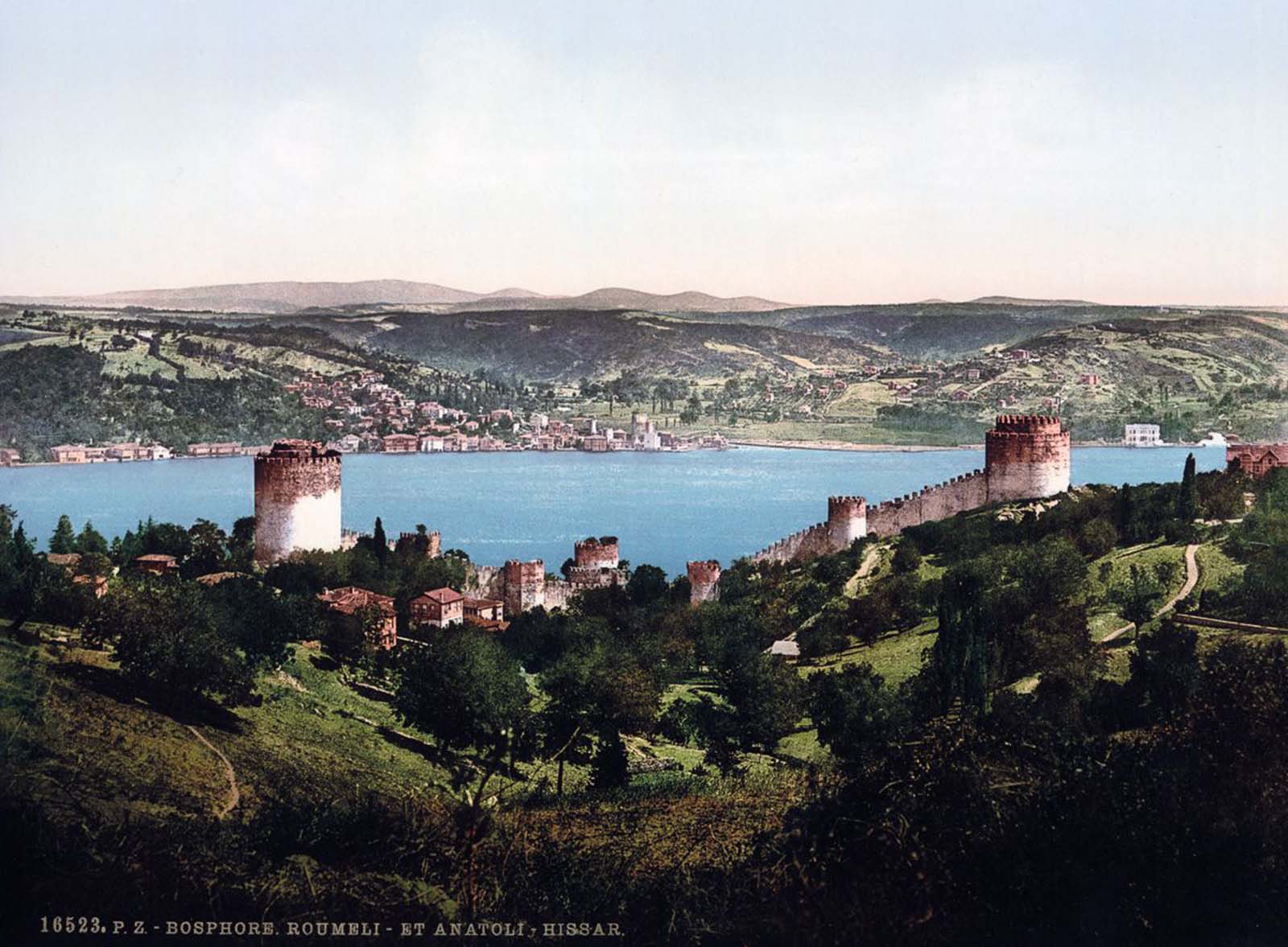
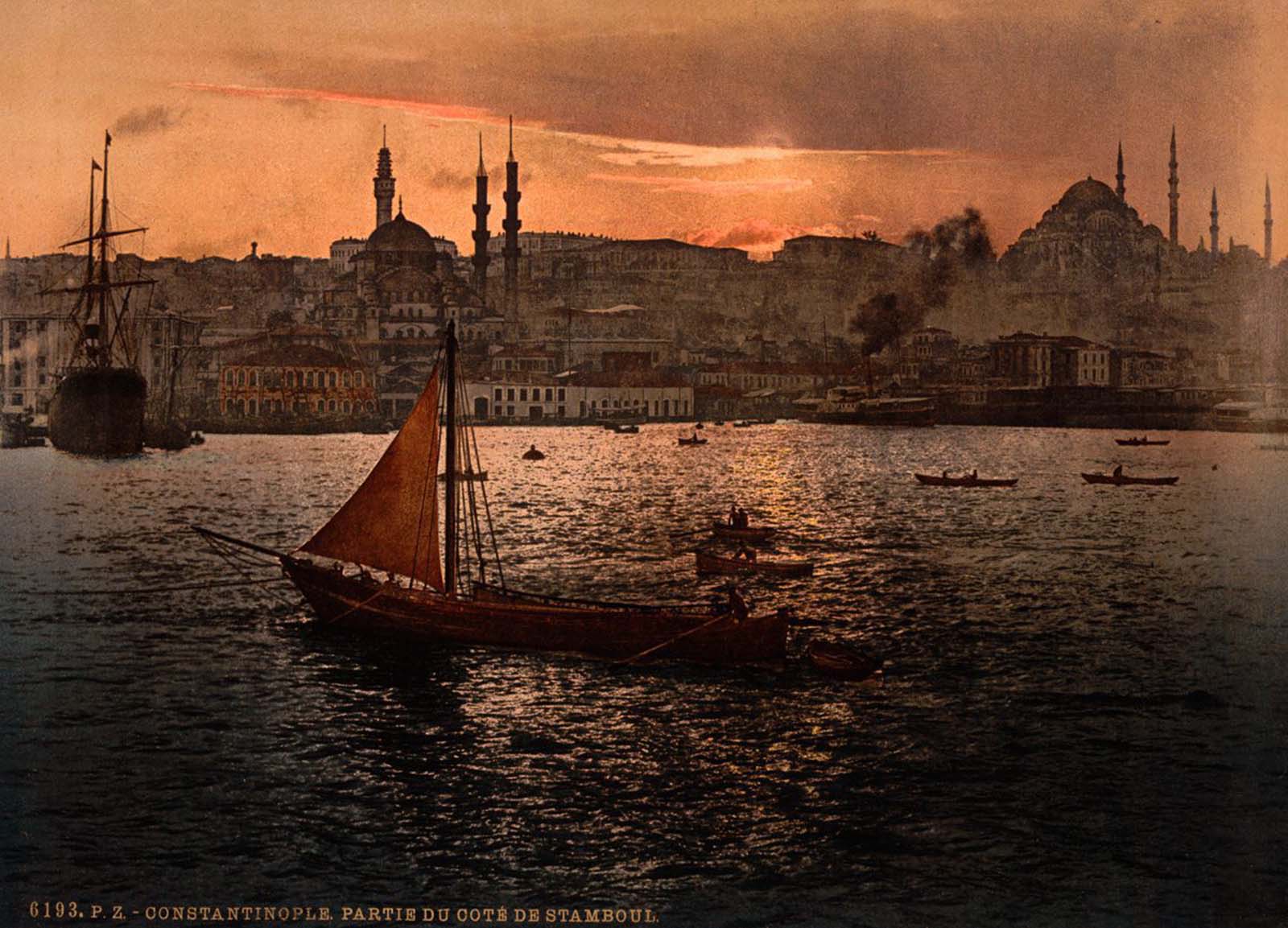
Video
Watch the video about the Fall of Jerusalem during World War I under the Ottoman Empire – a pivotal moment in history!

